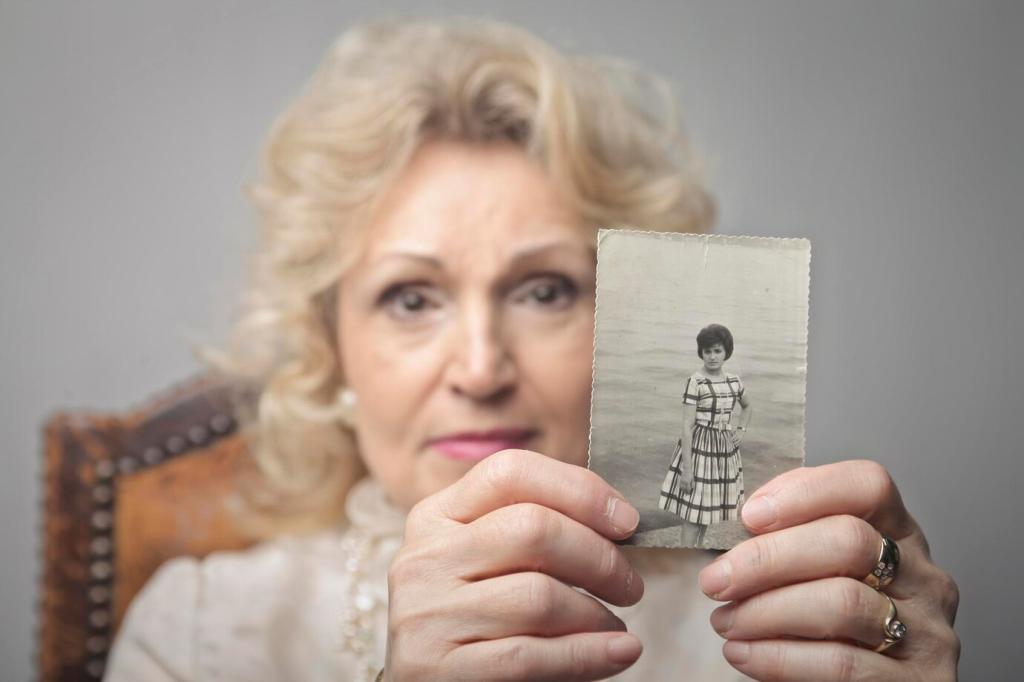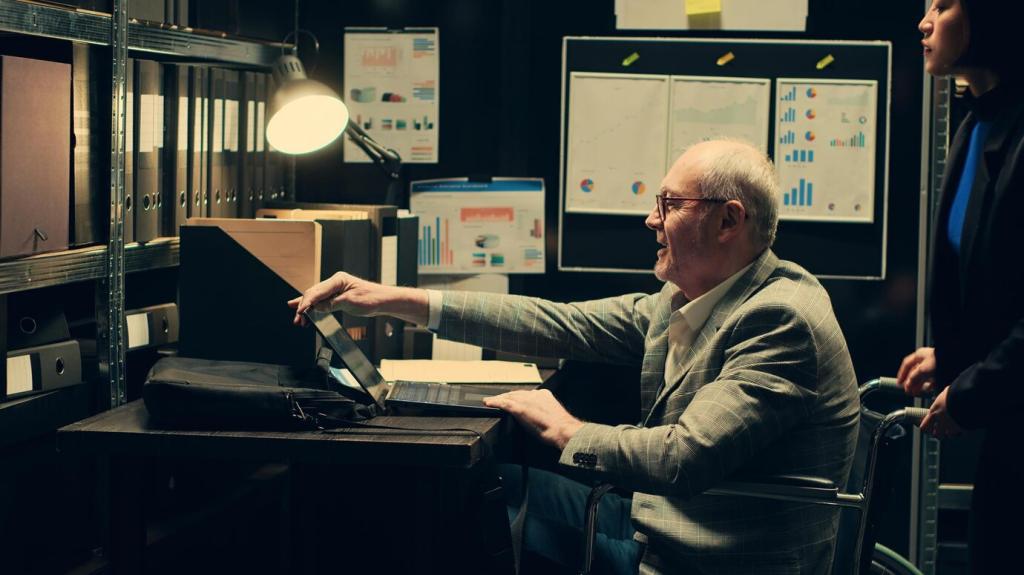Rare Stamp Authentication Techniques, Brought to Life
The Science Behind Authentic Stamps
01
Genuine rare stamps often carry unmistakable paper traits: rag content, laid or wove patterns, and telltale watermarks. Backlighting, watermark fluid, and fiber observation reveal age consistency. Share your favorite watermark test, and tell us which classic issue still surprises you.
02
Old inks can oxidize, shift tone, and reveal particle structure under magnification or filtered light. Solubility and feathering tests should be cautious, controlled, and reversible. Have you compared early aniline inks under UV? Describe your results and questions for future tests.
03
Original gum varies by era and country, exhibiting distinct textures, crackle patterns, and sheen. Hinge marks tell handling history, while regumming often leaves edge pooling or unnatural gloss. Post your trick for spotting regumming on high-value issues without risking damage.
Tools of the Trade for Authenticating Rarities
Neutral daylight bulbs preserve true color, while long-wave UV can expose modern paper or optical brighteners. Angled light highlights embossing, scuffs, and subtle surface repairs. Which lamp setup works best for you? Share photos of your desk and light arrangement.

Spotting Fakes: Overprints, Surcharges, and Reperforation

Overprints: Crispness, Pressure, and Registration
Genuine overprints display consistent pressure, clean edges, and predictable alignment across multiples. Forged types bleed, skip fibers, or vary in gloss. Study authentic fonts and spacing. Have an overprint mystery? Post scans and invite feedback from experienced eyes.

Surcharges: Ink Behavior and Typography
Real surcharges respect original design geometry and penetrate fibers naturally. Suspicious ones sit atop with unnatural shine or inconsistent coverage. Compare known typefaces. Tell us which surcharge series challenges you most, and we’ll crowdsource a reference checklist.

Reperforation: Gauge, Tips, and Edge Fibers
Forgeries often show uneven hole spacing, sharpened tooth tips, and torn edge fibers. Measure both axes and inspect tooth profiles under magnification. Share your before-and-after discoveries when comparing raw edges to certified examples from trusted references.



Condition, Aging, and Conservation Clues
Heat, tea, or chemicals create crude fakery, while real aging shows gradual, uneven change in tone and gum character. Evaluate odor, paper feel, and fluorescence. Which telltale pattern alerted you to a suspiciously ‘old’ stamp in your album?


Case Files: Stories from the Album
A stunning classic arrived flawless, with razor-sharp perforations. Under magnification, fibers betrayed fresh cutting and edge retooling. The gauge mismatch sealed it. Have you met a beauty that felt suspiciously perfect? Share your tale and what finally convinced you.
Case Files: Stories from the Album
A scarce overprint seemed right until angled light revealed shallow pressure and inconsistent saturation across letters. Comparing multiples exposed drift. Which reference block or cover saved you from a pricey mistake? Post images and lessons learned for others.
A Step-by-Step Routine
Start with identification, then paper and watermark, followed by perforations, printing, overprints, gum, and condition. Photograph every stage. What’s your order of operations? Share your checklist and help readers refine their daily authentication habits.
Documentation and Image Management
Maintain high-resolution scans, notes on lighting, magnification levels, and measurement data. Tag by issue, variety, and verdict. Do you back up to cloud and offline drives? Offer your file-naming conventions so others can keep meticulous, future-proof records.
